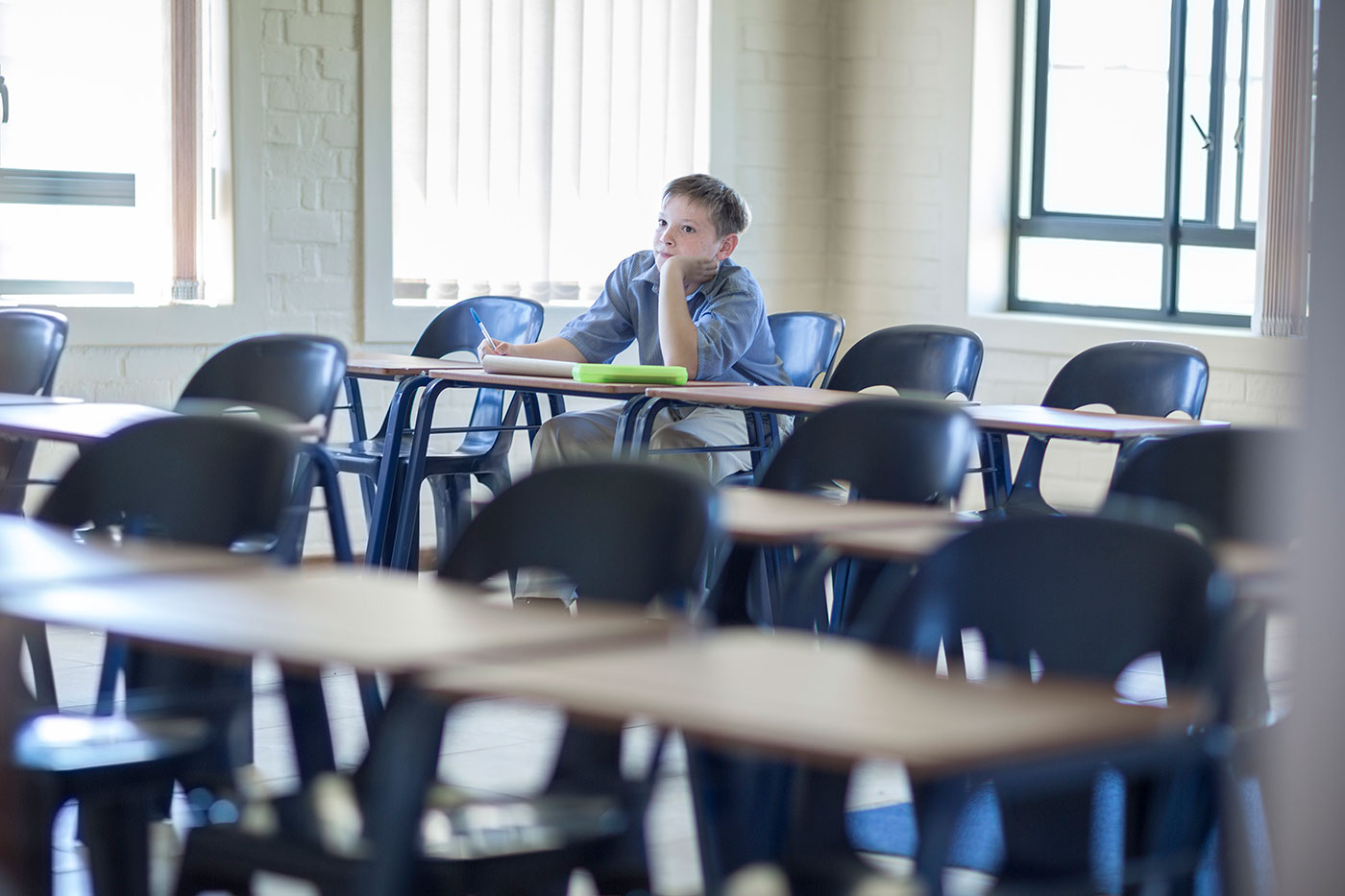President Trump won more on a message than a platform: The establishment has been looking out for itself, "but not the citizens of our country," and that if elected the "forgotten men and women of our country will be forgotten no longer." It's proven a hard message to govern on, but on higher education the administration deserves credit for translating the Trumpian populist impulse into policy.
Under Obama, the media ran story after story about struggling student loan borrowers with more than $100,000 in debt. While the individual stories were true, they narrative they built was fake. Only 5 percent of borrowers in 2016 had a balance that high, and their advanced degrees and high incomes made them the least likely of any group to default. The true crisis was ignored: 8.4 million borrowers in default, with the majority leaving school without a degree and almost half leaving school with less than $10,000 in debt.
Meanwhile, the Obama administration transformed a Bush-era student loan reform into a giveaway to the economically privileged. The 2007 Income-Based Repayment Program offered borrowers the option of paying no more than 15 percent of their discretionary income, after a generous exemption for low-income earners, with the balance forgiven after 25 years. Obama changed the terms to 10 percent of income with the balance forgiven after 20 years. The benefits accrued disproportionately to high-debt (and often high-income) graduate students, the only ones able to borrow enough to see a repayment window of more than 20 years.
Bush also passed a provision called Public Service Loan Forgiveness, offering graduates pursuing government or nonprofit work forgiveness after 10 years. Under the Obama administration, which made the program more generous, graduate schools like Georgetown Law realized they could game the system to raise prices and stick the taxpayer with the tab. The vast majority who applied to PSLF had graduate degrees, and the Education Department projects that the median PSLF borrower will have $34,000 forgiven: a bailout to the highly-educated and economically-advantaged.
On higher education, the Trumpian populist critique rings true: the elite establishment was looking out for itself and had forgotten about the men and women who really needed help.
The new Trump budget helps to fix that, with graduate borrowers paying their own way and low-income undergraduate borrowers seeing greater economic security.
Trump would end the PSLF bailout, saving the public $27 billion over 10 years from a fundamentally regressive redistribution that benefits doctors, lawyers, and academics. He would also change the terms of income-based repayment: everyone would have to pay a maximum of 12.5 percent of their income, with undergraduate borrowers having their balance forgiven after 15 years and graduate borrowers after 30.
For undergraduate borrowers who haven't achieved economic success, this plan releases them from purgatory five years sooner. And by streamlining five federal income-based plans into one and centralizing the fragmented administration of student loans, Trump's plan would lower the logistical barriers that have kept struggling borrowers from signing up for IBR.
The plan would maintain Pell Grant funding and allow low-income students to use them year-round, increasing flexibility for low-income college students. It eliminates the progressive-sounding Subsidized Stafford loans, which forgive interest for low- and high-income borrowers alike. In practice, as the left-leaning think tank New America has noted, this policy is actually "regressive," does "nothing to make college affordable on the front end," and has a "minimal impact" on the back end.
As for high-income graduate degree holders, the upshot is simple: no more bailouts for the well-off. Even after offering undergraduates a better deal than currently available, the Trump loan reforms are projected to save $142.7 billion: that's how regressively skewed the status quo is.
But despite how progressive the plan is, progressives are almost uniformly opposing it. Ben Miller of the Center for American Progress insists that "there's not really any winners" from the Trump budget. Lauren Asher of The Institute for College Access and Success blasted the plan for its "very large proposed cuts to programs that help students afford college and repay their loan," even though her organization had advocated for offering undergraduates loan forgiveness after 15 years, which Trump's plan does.
There may be more to the progressive opposition than reflexive political posturing. Exit polling by CNN found that those with postgraduate degrees (the most helped by Obama policies) voted Clinton over Trump 58 percent to 37 percent. Those with only some college (those helped by the Trump plan) voted Trump over Clinton 51 percent to 43 percent. Political parties have an incentive to offer their constituents benefits, and on student loans, Democrats have a structural incentive to advocate for more redistribution to the economically privileged.
Presidential budgets typically go nowhere. But with the Higher Education Act expected to be reauthorized in this Congress, Trump's budget plants a strong flag. It shouldn't be the last word; there are some other promising ideas that deserve a strong debate in Congress. But it moves Republicans from their traditional budget hawk position of defending taxpayers by arguing for less, to a populist position of helping those who need it and cutting off those who don't, while still managing to reduce spending. That's a very welcome development.
This piece originally appeared in the Washington Examiner
______________________
Max Eden is a senior fellow at the Manhattan Institute. Follow him on Twitter here.
Alexander Holt is a consultant based in Washington, D.C.
This piece originally appeared in Washington Examiner


